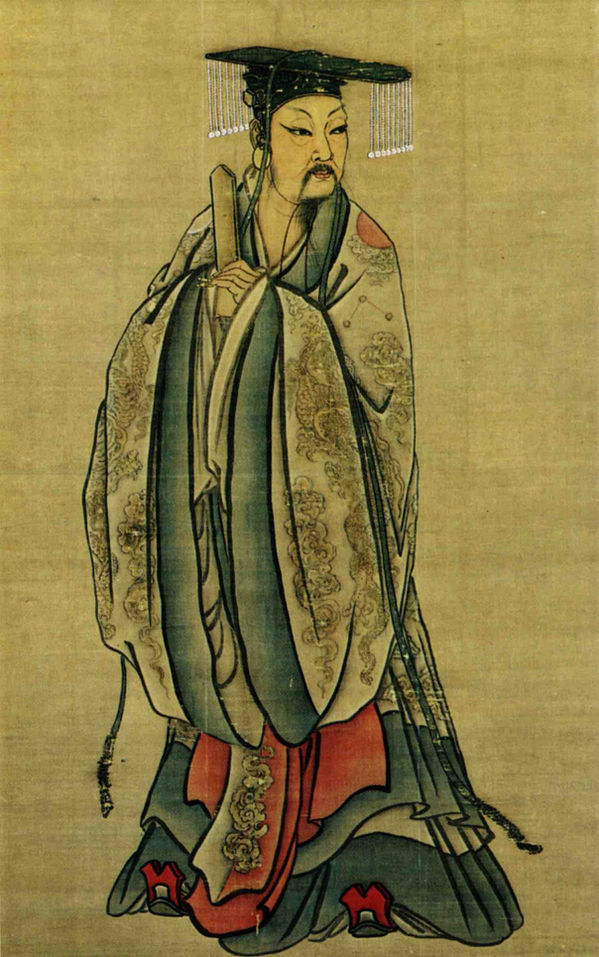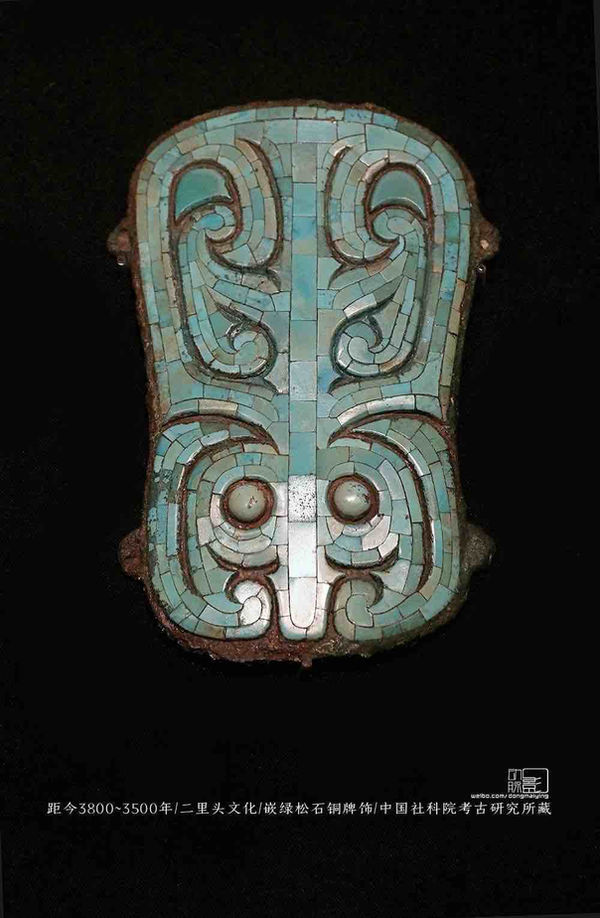Yu the Great (about 2123 BC — 2025 BC), surname Si, named Yu or Wenming, respected as Da Yu, was an important figure in Chinese ancient mythology and history.
He is one of the most important ancient legendary sages in Chinese Mythology. He was deified as the savior that defeated many monsters, conquered natural disasters, and brought people stable lives.
He is the hero that led the people and tamed the Great Flood and the king that built the first hereditary empire, the Xia Dynasty (2070 BC — 1600 BC), in Chinese History.
Afterward, scattered Neolithic Cultures gradually fused into an integrated civilization in the Middle Kingdom area of ancient China.
Unfinished Mission of Father Gun
The father of Yu the Great was Gun, a descendant of the Yellow Emperor (Huang Di).
Around 4000 years ago, a vast flood erupted in the Yellow River area and took away countless people’s homes and lives. Then, the current King Yao commanded Gun to fight against the deluge and control the flooding.
Gun worked hard defending the flood by simply blocking.
In ancient mythical legend, Gun even stole and used some special clay from heaven that could grow permanently and never be used up.
However, nine years later, with a large number of resources and laborers having been invested, the flood was still devouring lives and houses and seemed would never stop.
What’s more, Gun was assassinated by another enemy, or under the command of the King, for having failed to defend against the flood and caused more losses to the kingdom.

Painted Pottery Jar Unearthed from Taosi Site that Believed as
the Capital Under King Yao's Reign — Shanxi Museum (Photo by Underbar dk)
Yu the Great and His Success in Defeating Huge Flood
After Gun passed away, Yu was nominated by the King as the next commander and continued his father's mission to defend against the vast flood.
Unlike his father, he didn't try to block or plug the flood. Instead, he led people to dredge riverways, which proved to be better and more efficient.
After thirteen years of hard work, Yu finally diverted all the water into the seas in the east and achieved final success.
During that period, he set his feet in many places of ancient China, both cultivated and undiscovered lands.
Yu used many tools to measure mountains and rivers and document different places' weather, inhabitants, and products.


Ritual Jade Weapon (Yue) (Left) and Bronze Gear Article (Right) from Taosi Site — Institute of Archaeology, Chinese Academy of Social Sciences (Photo by Dongmaiying)
In some ancient myths and legends, Yu defeated many monsters bravely and saved many people’s lives.
Consequently, though it is widely suspected and challenged, Yu and his assistant have been widely believed as the writer of the magical book, the Classic of Mountains and Seas, which recorded the geology and customs of many ancient kingdoms, as well as many mythical creatures and prehistorical Chinese legends.
Establishment of the Xia Dynasty
A few decades later, Yu got the throne from Emperor Shun because of his outstanding contribution, excellent leadership, and good reputation.
Since then, he has been respected as King Yu, Emperor Yu, or Yu the Great.
After Yu became the monarch, he organized and divided his whole country into nine states based on geological differences and named his kingdom the Xia.

Portrait of Yu the Great, By Artist Ma Lin of the Southern Song Dynasty (1127 — 1279) — Taipei Palace Museum
Then he invited all tribal lords and held a big alliance meeting. He established his absolute and superior power over all the other clans after he sentenced a disobeying lord to death.
He also established a comprehensive tribute and tax system based on those nine states' different products and geology features.
From that time on, the kingdom of Yu the Great became an empire with a powerful monarch, and his kingdom Xia turned out to be the first dynasty in the history of China.
The organization of the tribal confederacy officially ended.

Restoration Map of the Palace of the Xia Dynasty
Contention Over the Throne and Beginning of the Hereditary
Before Yu passed away, he abdicated the throne to Bo Yi, the talented and brave assistant that helped Yu defeat the Great Flood.
However, after Yu departed, his son Si Qi got the throne.
In some records, Bo Yi gave the throne to Si Qi, while others stated that Si Qi obtained the throne through wars.
Anyway, Si Qi became the monarch of the Xia Empire and passed the throne to his son before he departed.
Therefore, it was King Si Qi who officially terminated the Abdication System.
Since then, all the Chinese kings and emperors gave the throne to their sons unless they didn’t have one or were forced to abdicate.
King Si Qi was an excellent monarch with a good reputation who ruled his empire well. However, after he departed, his son lost the throne because of being absurd and irresponsible.

Unearthed Ritual Jade Spear of Xia Dynasty — Nanyang Cultural Relic and Archaeology Institute (Photo by Dongmaiying)
Reestablishment of the Xia Dynasty by King Si Shaokang
After the grandson of Yu lost the throne, Xia Empire was ruled by some powerful kings outside of Yu’s family for almost a hundred years.
Until the great-great-grandson of Yu, the Si Shaokang (about 1972 BC — 1912 BC), finally got the throne back through careful preparation and brave fights.
When Si Shaokang was born, his father was sacrificed in a war of fighting over the throne; his mother fortunately escaped and raised him alone.
Thanks to his mother, Shaokang survived and grew into a decent and intelligent young man who always remembered his origin and responsibility.

Bronze Wine Cup (Jue) Unearthed from Erlitou Site that Believed as Capital of the Xia Dynasty — Luoyang Museum (Photo by Dongmaiying)
He tried to meet people who were against his enemy regime and allied with them.
After years of well-planned assassinations, spy sendings, and brutal fights, Shaokang finally killed his enemies and then perished their regime.
Forty years after his father’s death, Shaokang rebuilt the Xia Dynasty and claimed himself the new king.
The throne had finally come back to the family of Yu the Great.
Afterward, under the reign of King Si Shaokang, the Xia Dynasty kept growing and flourishing.

Bronze Artifact Decorated with Turquoise Unearthed From Erlitou Site — Institute of Archaeology, Chinese Academy of Social Sciences (Photo by Dongmaiying)